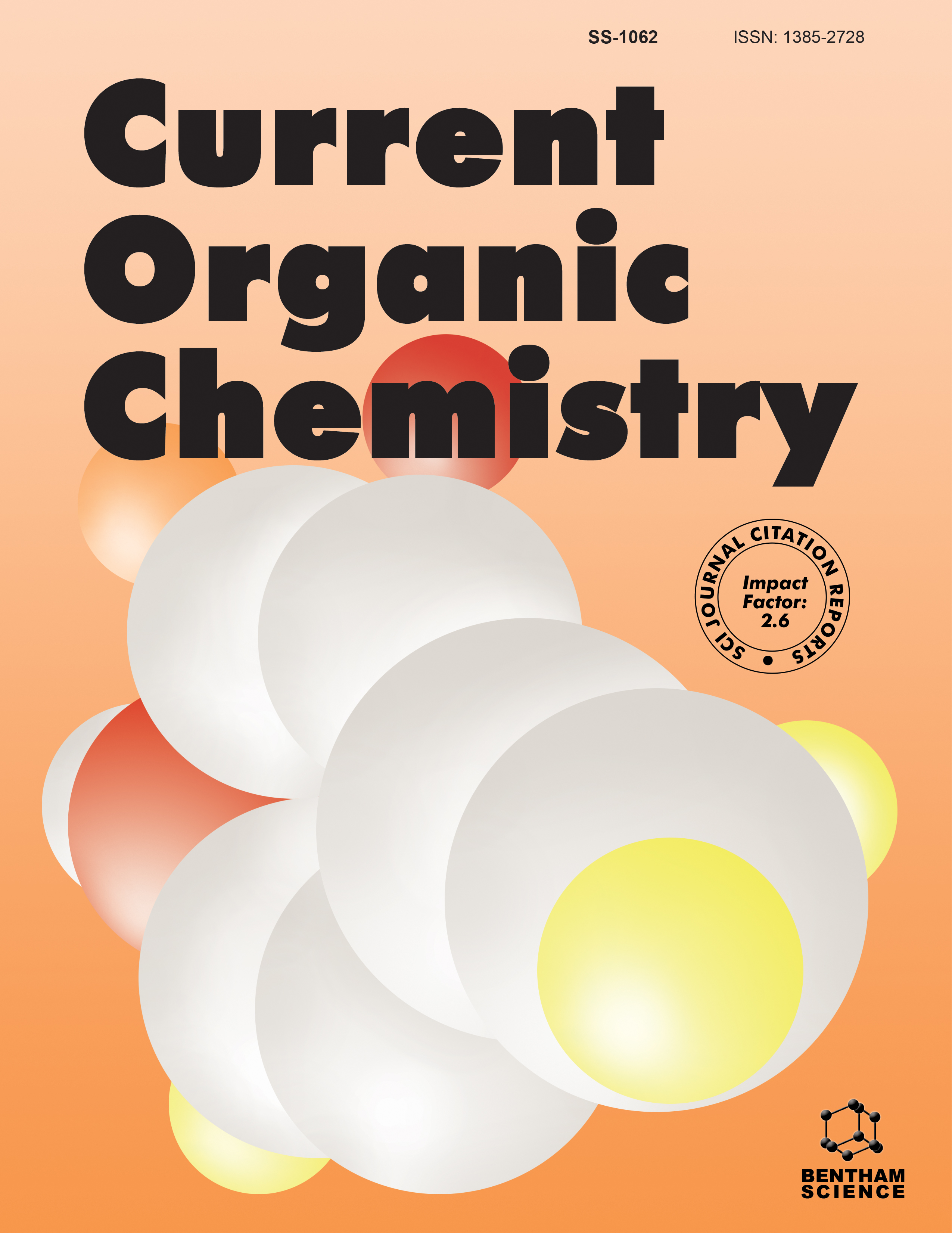-
oa Editorial [Hot Topic: Organosilicon-mediated Organic Synthesis/Organosilicon Chemistry (Guest Editor: Li Wen Xu)]
- Source: Current Organic Chemistry, Volume 15, Issue 16, Aug 2011, p. 2742 - 2742
-
- 01 Aug 2011
- Previous Article
- Table of Contents
- Next Article
Abstract
Organosilicon chemistry has a considerable and growing importance both in industry and in the academic world. It is an important subject that draws on and contributes to the traditional areas of organic, inorganic, physical, polymer chemistry and materials. This multidisciplinary application gives a unique strength to organosilicon chemistry. The unabated growth of applications of organosilicon in the resolution of synthetic problems has continued in the last five decades. Especially in the past decades, the synthesis and application of organosilicon compounds are finding important in organic chemistry. This special issue was the occasion to collect the contributions of the researchers working in organosilicon chemistry and organic synthesis in order to provide the progress of organosilicon-mediated organic synthesis at present. I am sure that these contributions collected in the following five reviews will provide extremely useful information and future directions on the topic of organosilicon-mediated organic synthesis. The first review is provided by Prof. Cheng. The use of organosilicon compounds in carbon-carbon and carbon-heteroatom coupling reaction has many advantages in comparison to other organometallic donors due to their ease of handling, stability toward air/moisture, and/or low toxicity compared to some of the other organometallic reagents (Zn, Mg, Sn, etc.). In this review, the authors focused on the application of aryl trialkoxysilane and alkenyltrialkoxysilane as transmetallation reagent for C-C, C-N, C-S and C-O bonds formation, which demonstrated the importance of trialkoxysilane as transmetallation reagent in several important organic transformations. Hydrosilylation of carbon-carbon multiple bonds with hydrosilane catalyzed with transition metal complexes remains the most commercially utilized process for formation of organosilicon compounds and it is a key step for the preparation of alcohols from olefines with the aid of organosilicon compounds. In view of catalytic systems which are the basis and key studies of extensive development of synthetic methodologies concerning hydrosilylation processes of carbon-carbon and carbon-heteroatom multiple bonds, Prof. Peng and Lai focused on the recent progress in transition metal-catalyzed hydrosilylation of carbon-carbon multiple bonds with different hydrosilanes in the second review. The third review is designed by Prof. Yoo to present the progress of different Si-C coupling reactions of hydrosilanes, which will stimulate the use of Si-C coupling reactions in the synthesis of organosilicon compounds. It is revealed that hydrosilane undergoes useful and interesting Si-C coupling reactions with activated organic compounds such as linear and cyclic alkyl chlorides, polychloromethanes, terminal and internal alkenes, and linear and cyclic conjugated dienes to give a variety of organosilicon compounds with Si-Cl units, one of the most important functional organosilicon compounds in organic synthesis. Organosilicon-mediated synthesis of functionalized phosphonic acids is a relatively new area of research. It is interesting that organosilicon compounds act as an unnegligible role in the synthesis of functionalized mono- and bisphosphonic Acids. In the fourth review, Prof. Romanenko presented an overview of new and useful silicon-based methodologies valuable for the selective construction of highly functionalized mono- and bisphosphonic acids of high synthetic and biological importance. It is anticipated that these progess in this context will help researchers to the discovery of novel highly efficient method for the synthesis of organophosphorus compounds. As a class of conventional reagents of low cost and easy availability, it is well-known that organosilicon compounds have been explored with abundant utilities in organic reaction, such as Michael/aza-Michael reaction, conjugate addition, Mannich reaction, and many important carbon-carbon and carbon-heteroatom bond-forming reactions. Many organosilicon compounds such as TMSCl, TMSI, TMSOTf etc. have been endowed with unique functions compared with analogous catalysts in these reactions, such as strong Lewis acidity and good chelation with carbonyl compounds. However, the organosilicon compounds mediated multicomponents reactions is overlooked in some extent. In the fifth review, Dr. Wan summaried the recent progress of Multicomponents reactions (MCRs) employing organosillicon reagents as catalysts or promoters. The achieved progress in this field inidcates that the development of efficient organosilicon-mediated MCRs is highly desired and would be a promising research topic in the next decades due to the diversity of MCRs and organosilicon compounds with special identities of silicon element. Finally, as a Guest Editor for this special issue, I would like to thank all the authors contributing to this special issue for their valuable work. I hope that the overall effort will provide inspiration to modern organic chemsitry and organosilicon chemistry to creat new challenges and promising achievements of organosilicon-mediated organic synthesis in the future.


